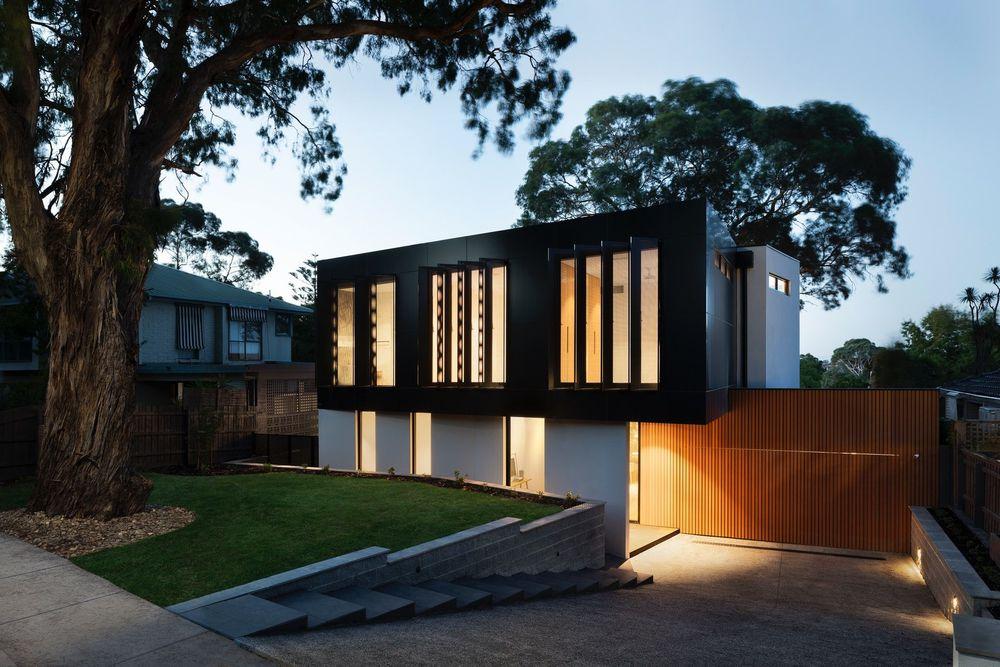
Open Property Industry
According to ResearchAndMarkets, the global construction and property industry had a value of about 11 trillion USD in 2020. This shows the importance of the property industry globally. In Europe, the share of the construction industry of the total GDP varies between 6.1% in Germany to 10.5% in Albania. Given its importance, why is construction slow to embrace new technology? First, it is a heavily regulated industry with many laws and regulations. Thus, it is more difficult to make changes quickly. Second, proprietary technology is prevalent. This hampers the speed of technology transfer. But is a more open exchange of technology like in the software industry possible?
Open Source in The Software Industry
In the software industry, there exist numerous free and open pieces of software code. They can be shared without paying, and the source code can be modified and used freely. Many programmers and many companies donate their work to the public freely.
This enables even novice programmers to quickly create their own products using these ready-made, freely available components.
The rate of innovation is high, especially compared to the construction industry.
Open Source in The Property Industry
In the construction and property industry, most available products are sold under a proprietary license. Many only run on the Windows operating system. Thus, in order to get started as an independent engineer or architect, you need to pay high prices for software licensing. In addition to the required study at university, this represents a significant barrier to entry.
This keeps prices for construction high and the rate of innovation is slow.
But a lack of open source software is not the only thing hampering the construction industry. It is a highly fragmented market with multiple laws on a regional and national level. Thus, a harmonization of building laws not only on a European but on a worldwide level would smooth the working of the industry.
A More Open Future?
How could a more open future for the property industry look like? On the software side, I could easily imagine more open source software for architecture and building engineering in the future. The source code can easily be shared via repositories like GitHub. Currently, most software developers seem not be that interested in this industry. There may also be a lack of construction industry knowledge prevalent. But once the industry recognizes the need for more open source software, there may be more property knowledge training available for software engineers.
Furthermore, there is an opportunity for sharing architecture ideas and engineering processes freely online. In the software industry, there are countless blogs written by developers (like this one) on all imaginable topics. Thus, there is a big opportunity for architects and engineers to do the same.
The recent growth of new innovative startup companies in the construction industry under the label "PropTech" is a promising trend for the future.
Conclusion
There is hope that with rising diffusion of technology also into the property industry, there will be more openness in the future. This helps to lower the cost for housing and makes needed solutions more innovative.
References
- PropTechMap: https://www.proptechmap.com/
Published
3 Sep 2021
